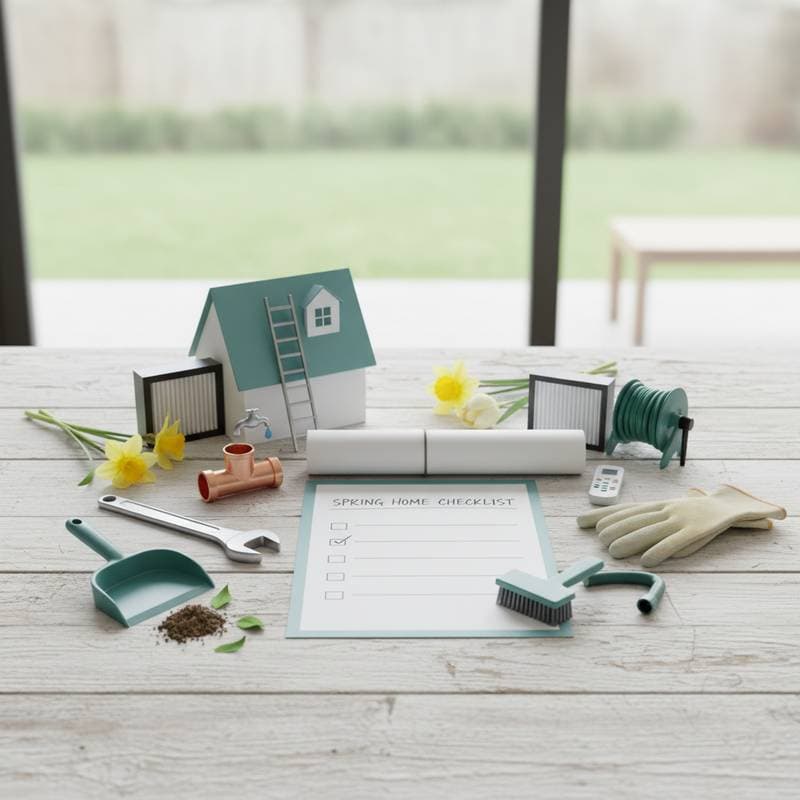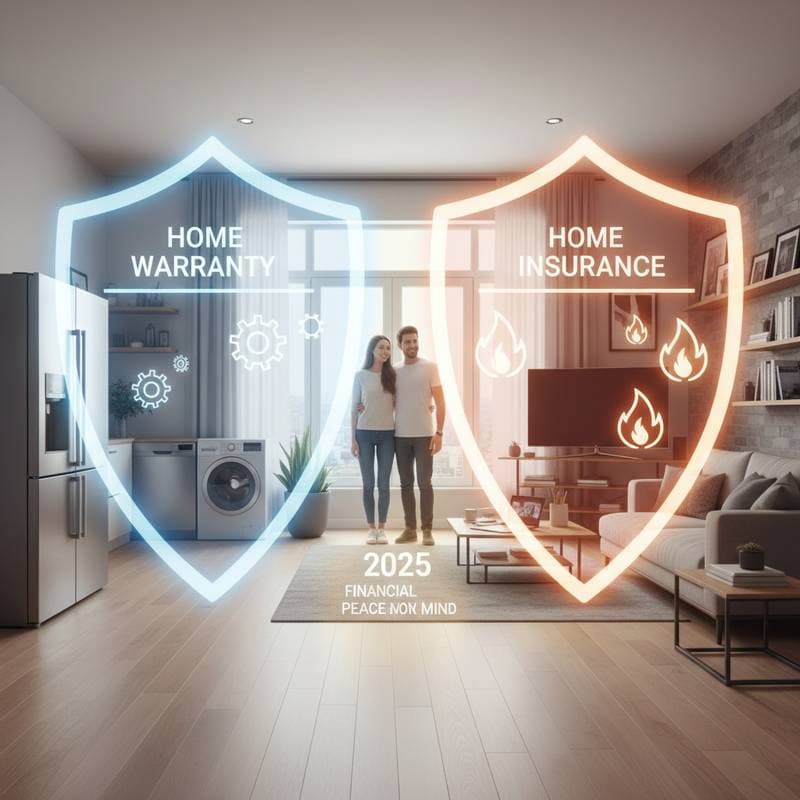Indoor Air Testing Costs and Health Benefits
Homeowners often believe that indoor environments provide naturally clean air. In reality, invisible pollutants such as mold spores, volatile organic compounds, and carbon monoxide accumulate silently and compromise health and well-being. Indoor air testing uncovers these hidden threats, providing data to implement targeted remedies. Knowledge of testing expenses and associated health advantages empowers informed decisions about scheduling assessments.
The Importance of Indoor Air Testing
The Environmental Protection Agency reports that indoor air pollution levels can reach two to five times those found outdoors. Common contributors include household cleaning agents, emissions from synthetic furniture, pet dander, and inadequate airflow. Subpar air quality frequently causes headaches, exhaustion, and breathing difficulties. In households with individuals suffering from asthma or allergies, these elements exacerbate symptoms on a regular basis. Testing pinpoints exact pollutants, enabling precise interventions rather than reliance on assumptions.
Costs Associated with Indoor Air Testing
Expenses for indoor air testing vary based on residence dimensions, sample quantity, and pollutant categories evaluated. A full professional assessment generally costs between $300 and $800. Entry-level options focusing on mold and allergens align with the lower spectrum, whereas thorough evaluations encompassing volatile organic compounds and radon approach the upper limit.
Cost Breakdown by Test Type
| Type of Test | Average Cost Range | Coverage Details |
|---|---|---|
| Mold Test | $250 to $450 | Airborne spores and concealed growth |
| VOC Test | $350 to $600 | Emissions from building materials |
| Radon Test | $150 to $300 | Radioactive gases from subsurface sources |
| Comprehensive Multi-Pollutant Test | $500 to $800 | Mold, VOCs, carbon monoxide, formaldehyde |
Residences with several levels or non-standard builds require additional sampling, increasing fees. Supplementary samples typically add $50 to $100 each. Although do-it-yourself kits start at $40, they lack the precision of laboratory-grade professional outcomes. Certified experts ensure proper collection, result interpretation, and tailored remediation advice.
Components of a Professional Indoor Air Test
Trained indoor air quality specialists arrive with precision instruments to gauge airborne particles and moisture content. They deploy pumps or containers to gather specimens from key zones, prioritizing living areas, lower levels, and sleeping quarters. Subsequent laboratory examination quantifies pollutant densities in micrograms per cubic meter. Clients receive comprehensive reports detailing discoveries, comparisons to established safety thresholds, and strategies for minimizing ongoing exposure.
Essential Equipment in Professional Assessments
- Air sampling pumps for capturing particulates destined for lab scrutiny
- Carbon monoxide detectors for quantifying gas concentrations
- Humidity gauges to assess conditions fostering mold development
- Formaldehyde sensors to identify releases from furnishings and surfaces
- Thermal imaging devices to detect concealed moisture zones
Such tools allow experts to identify overlooked issues, including insulation gaps or faulty dryer exhausts.
Health Advantages Gained from Indoor Air Testing
The primary gain from testing lies in confirming breathable air safety within the home. Enhanced air purity alleviates coughing, nasal discomfort, and visual fatigue. It also enhances rest and concentration. Households report diminished allergic reactions following pollutant detection and mitigation. Moreover, testing promotes sustained wellness, as prolonged contact with specific toxins may impair neurological or heart functions.
Groups Benefiting Most
- Residences housing infants, seniors, or asthma sufferers
- Aging structures potentially harboring asbestos or lead
- Spaces altered by recent upgrades, where paints or floors release vapors
- Properties adjacent to factories or busy roadways
Early detection of unseen hazards facilitates proactive measures, such as filter enhancements, crack sealing, or airflow improvements.
Pitfalls to Sidestep in Air Quality Management
- Neglecting follow-up tests. Seasonal shifts alter air dynamics, so a single evaluation may miss evolving concerns.
- Overlooking airflow systems. Superior filters prove ineffective against sealed ducts or obstructed intakes.
- Applying fragranced items prior to assessments. Fresheners and detergents introduce extraneous volatile organic compounds, distorting findings.
- Presuming mold visibility indicates full extent. Suspended spores circulate well before surface manifestations appear.
Indicators for Engaging a Specialist
Persistent allergy-like responses, unexplained damp smells, or post-renovation changes signal the need for a certified indoor air quality professional. These experts adhere to American Industrial Hygiene Association protocols for collection and evaluation.
Steps to Enhance Indoor Air Quality
Armed with test insights, initiate corrections without delay. Swap HVAC filters at intervals of 60 to 90 days, activate exhaust systems amid meal preparation and bathing, and evaluate air purifiers suited to your living area size. Incorporating periodic indoor air testing into maintenance practices secures family health and indoor serenity with each inhalation.





